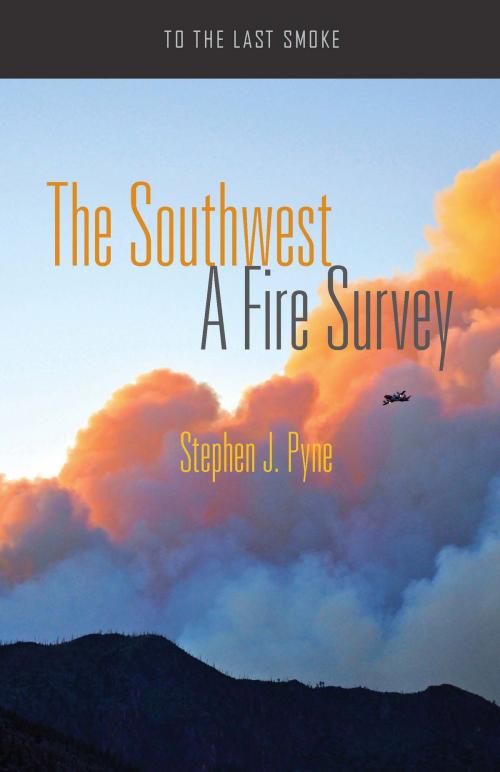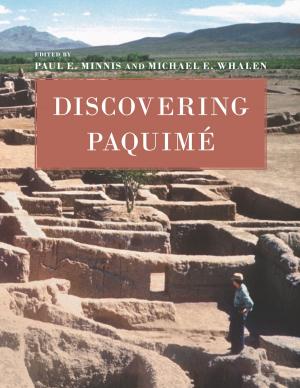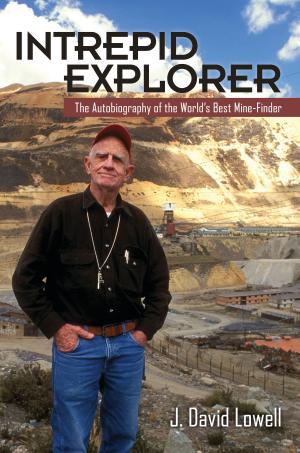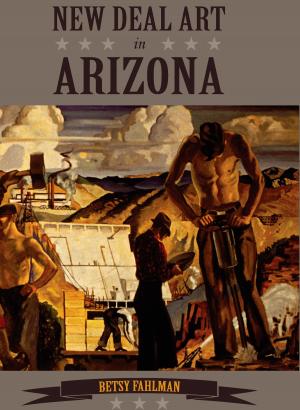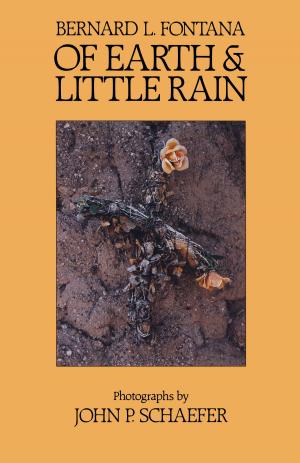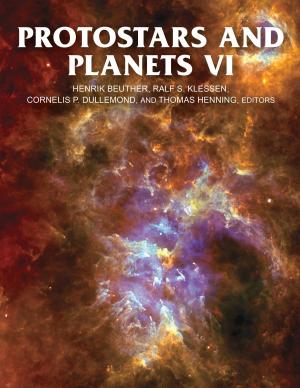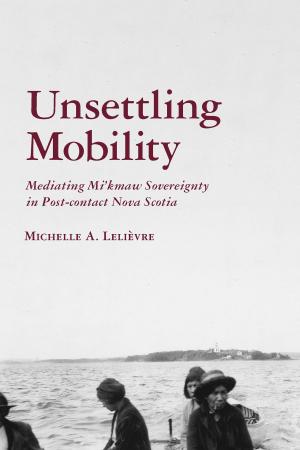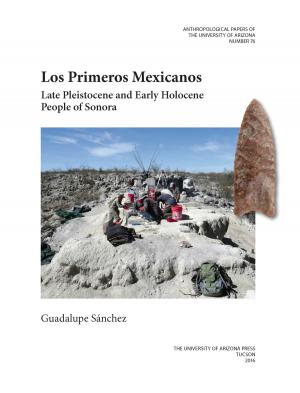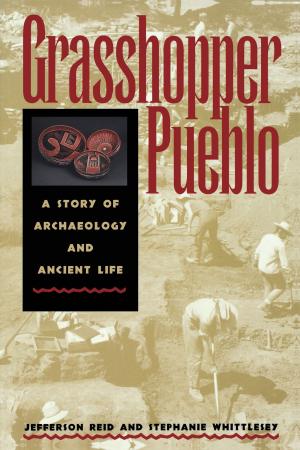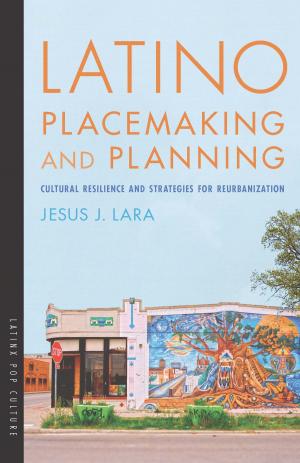The Southwest
A Fire Survey
Nonfiction, Science & Nature, Science, Biological Sciences, Ecology, Environmental Science| Author: | Stephen J. Pyne | ISBN: | 9780816534487 |
| Publisher: | University of Arizona Press | Publication: | September 13, 2016 |
| Imprint: | University of Arizona Press | Language: | English |
| Author: | Stephen J. Pyne |
| ISBN: | 9780816534487 |
| Publisher: | University of Arizona Press |
| Publication: | September 13, 2016 |
| Imprint: | University of Arizona Press |
| Language: | English |
With its scattered mountains and high rims, its dry air and summer lightning, its rising tier of biomes from desert grasses to alpine conifers, and its aggressive exurban sprawl, something in the Southwest is ready to burn each year and some high-value assets seem ever in their path. But the past 20 years have witnessed an uptake in savagery, as routine surface burns have mutated into megafires and overrun nearly a quarter of the region’s forests. What happened, and what does it mean for the rest of the country?
Through a mixture of journalism, history, and literary imagination, fire expert Stephen J. Pyne provides a lively survey of what makes this region distinctive, moving us beyond the usual conversations of science and policy. Pyne explores the Southwest’s sacred mountains, including the Jemez, Mogollon, Huachucas, and Kaibab; its sky islands, among them the Chiricahuas, Mount Graham, and Tanque Verde; and its famous rims and borders. Together, the essays provide a cross-section of how landscape fire looks in the early years of the 21st century, what is being done to manage it, and how fire connects with other themes of southwestern life and culture.
The Southwest is part of the multivolume series describing the nation’s fire scene region by region. The volumes in To the Last Smoke also cover California, the Northern Rockies, the Great Plains, Florida, and several other critical fire regions. The series serves as an important punctuation point to Pyne’s 50-year career with wildland fire—both as a firefighter and a fire scholar. These unique surveys of regional pyrogeography are Pyne’s way of “keeping with it to the end,” encompassing the directive from his rookie season to stay with every fire “to the last smoke.”
With its scattered mountains and high rims, its dry air and summer lightning, its rising tier of biomes from desert grasses to alpine conifers, and its aggressive exurban sprawl, something in the Southwest is ready to burn each year and some high-value assets seem ever in their path. But the past 20 years have witnessed an uptake in savagery, as routine surface burns have mutated into megafires and overrun nearly a quarter of the region’s forests. What happened, and what does it mean for the rest of the country?
Through a mixture of journalism, history, and literary imagination, fire expert Stephen J. Pyne provides a lively survey of what makes this region distinctive, moving us beyond the usual conversations of science and policy. Pyne explores the Southwest’s sacred mountains, including the Jemez, Mogollon, Huachucas, and Kaibab; its sky islands, among them the Chiricahuas, Mount Graham, and Tanque Verde; and its famous rims and borders. Together, the essays provide a cross-section of how landscape fire looks in the early years of the 21st century, what is being done to manage it, and how fire connects with other themes of southwestern life and culture.
The Southwest is part of the multivolume series describing the nation’s fire scene region by region. The volumes in To the Last Smoke also cover California, the Northern Rockies, the Great Plains, Florida, and several other critical fire regions. The series serves as an important punctuation point to Pyne’s 50-year career with wildland fire—both as a firefighter and a fire scholar. These unique surveys of regional pyrogeography are Pyne’s way of “keeping with it to the end,” encompassing the directive from his rookie season to stay with every fire “to the last smoke.”
